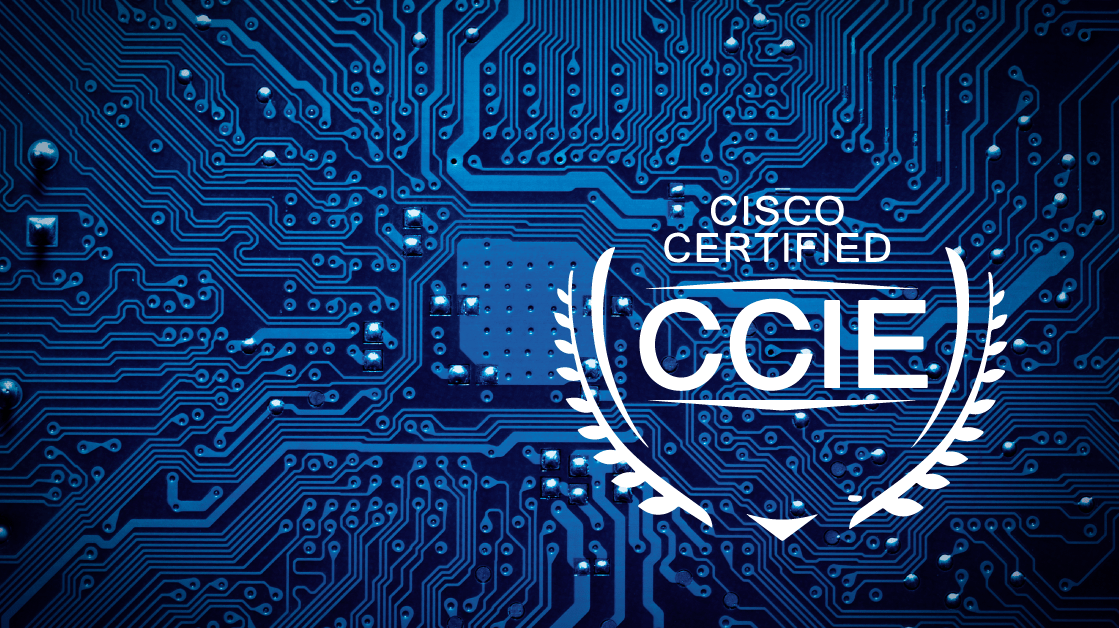MSE Virtual Appliance Installation Guide in CCIE Wireless Lab

Table of Contents
Cisco MSE is a pre-built software solution that comprises one or more VMs (virtual machines) that are updated, packaged, maintained, and managed as a single unit. Cisco MSE is distributed as OVA (Open Virtual Appliance) for installation on a virtual appliance and as an ISO image for installation on a physical appliance. Cisco MSE acts as a platform, physical or virtual Cisco Mobility Services Engine [MSE] appliance, so as to deploy as well as run the Cisco services. If you wish to have a good hands-on MSE Appliance Installation process, you would be able to do that, by joining the SPOTO.
Limitations for Installing Cisco MSE in a VMware Virtual Machine
- Map size must be less than 5 MB in Prime Infrastructure of Cisco.
- There must be less than 1000 access points on a single map.
- The Mobile Application Server and Wireless intrusion prevention system (wIPS) are not available.
- A common NTP server must be used to synchronize the time.
- SMTP (Simple Mail Transfer Protocol) Mail Server name, as well as an authentication mechanism, must be used for the Cisco CMX mail notification system.
- Cisco CMX 10.2 doesn’t render any data on Cisco Prime Infrastructure maps. In order to allow client display in Cisco Prime Infrastructure 1.4 or later, a parallel Cisco MSE 8.0 is also going to be required.
Cisco MSE Virtual Appliance Deployment Checklist
- Cisco Wireless Controller would be having IP connectivity to a Cisco CMX instance.
- Cisco Prime Infrastructure would be having IP connectivity to a Cisco CMX instance.
- Port 16113 is considered routable from Cisco WLC to the Cisco CMX IP address.
- Port 161 for SNMP [Simple Network Management Protocol] traffic is routable from Cisco WLC to the Cisco CMX IP address.
- SSH client to log in with the root access to the VM present there.
- An SCP (Secure Copy) client, on MAC native or on the installed on PCs, or an SFTP (Secure File Transfer Protocol) exists so as to move files into Cisco CMX OVA, specifically, map files as well as images to upgrade.
Installing a Cisco MSE Virtual Appliance:
After the Cisco MSE is going to be deployed, you would be able to install and configure a Cisco MSE virtual appliance. Note the following points:
- Cisco MSE doesn’t have a node install menu. However, there is a first-boot script which would be checked if a configuration exists on the device. If the script doesn’t find a valid configuration, it would be launching the setup routine and initiates network configuration tasks utilizing the CLI, followed by initial setup tasks on the browser.
- The new first-boot script would be determining if the initial configuration is completed and then displays the normal login prompt. If the initial configuration isn’t completed, the default login prompt would be displayed.
Creating New Virtual Machines Using Hyper-V Manager:
You would be now able to run Cisco CMX on Microsoft Hyper-V virtualization hosts. This would also enable you to use Cisco CMX on virtual machines utilizing any Hyper-V capable host which would be running Windows Server 2008 R2 or later. You could be creating a new virtual machine using Hyper-V Manager application. Ensuring to specify 24 GB of memory or even higher when creating the virtual machine in Hyper-V manager, as well as to subsequently increasing the processor count for the virtual machine to 8 vCPU or higher before starting the new virtual machine.
Installing Verifying Cisco MSE in a VMware Virtual Machine:
You would be able to verify the overall system health as well as the status of the Cisco MSE services utilizing the System tab in the Cisco MSE user interface. Ensuring that all the services, memory, as well as CPU, would be indicating a healthy status (green) for each Cisco MSE as well as Cisco CMX node and that there would be at least one active Cisco WLC. For more information, join SPOTO to gain all the practice, which would help you out in the CCIE Lab Exam.